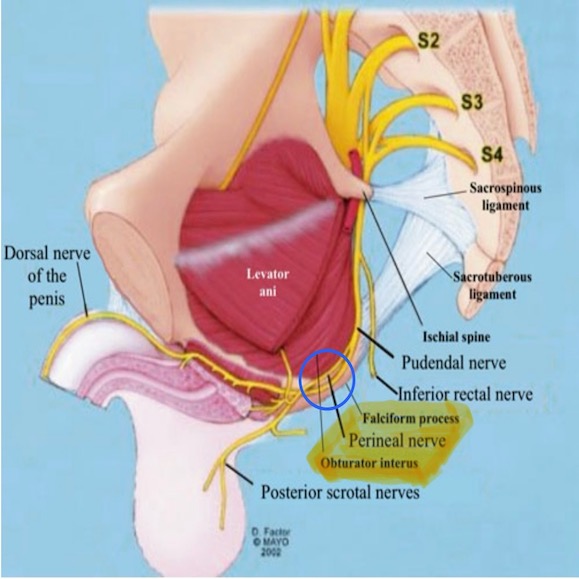
Imagine living with chronic genital pain - pain that interferes intimacy, sitting, and basic daily life. Now imagine being told that every test is normal and it's "probably psychological". Unfortunately, this is the reality for many people - especially women - suffering from diffuse genital pain. But there's another, very real explanation: nerve entrapment , particularly involving the pudendal nerve. And it often goes undiagnosed, not because it's rare, but because the tools we rely on - imaging and nerve testing - are simply not good at detecting it.
The Trouble With "Normal" Test Results : People with chronic genital pain often undergo a long list of evaluations:
Yet, all too often, nothing shows up. In these cases. some providers may suggest a psychogenic cause - implying that the problem is in the patient's head. This is not only dismissive, but usually inaccurate. In reality, many of these cases are due to neurogenic causes - especially pudendal neuralgia or genital nerve irritation - which do not show up well on imaging or standard diagnostics.
Why Nerve Entrapments Often Go Undetected
There are two major reasons:
What's Really Going On The Pudendal Pathway: Pudendal neuralgia is often misundertstood as a single-site problem at Alcock's canal. In reality, it's usually more complex:
Key Signs of Pudendal Neuralgia: If a patient has all normal test results but presents with the following, pudendal neuralgia should be considered:
If provocative tests of the piriformis or obturator internus reproduce their symptoms, that's a strong clinical clue - even if their scans are normal.
How to Actually Help: A More Targeted Approach Here's what can make a difference:
FINAL THOUGHTS:
If your patient (or you) is dealing with genital pain that has no clear cause, don't stop at "the tests are normal". Look deeper. Understand the nerve pathways. Pay attention to biomechanics and movement triggers. Because pain that doesn't show up on a scan is still real - and it deserves real treatment.
Want to learn more? We specialize in the assesment and treatment of Pain with nerve manipulation, it is gentle and pain free techniques. Contact us to explore an evaluation or integrated therapy plan.